Clothes Moth Pheromone Trap
$64.95 – $114.95Price range: $64.95 through $114.95
Pheromone traps are meant to be used as part of an integrated er to ensure the approach to pest control. Sanitation, inspection, and removal of infested material are all very important parts of an integrated approach.
Pheromone Spec Sheet Monitor Guide Webbing clothes moth Clothes Moth Pheromone Lures and Traps
Fumigants and Pheromones Issue 109 Pheromone Spec Sheet Monitor Guide Webbing clothes moth Clothes Moth Pheromone Lures and Traps
Pheromone traps are a good tool to be used as an integrated approach to pest control. Pheromones are chemicals an organism produces—in this case a sex attractant—to affect the behavior of other members of the same species. The sex pheromone attracts male moths into the trap where they get stuck on the sticky sides. Because the pheromone specifically attracts clothes moths, it won’t attract other moth species. Pheromone traps are meant to be used as a monitoring tool as part of an integrated approach to pest management. By themselves, they do not eliminate an insect outbreak. With the information from the traps, inspection, increased sanitation and the ultimate removal of infested material, control of these insect pests can be achieved.
Place traps in closets and other clothes-storage areas. Trapping not only enables you to detect the presence of clothes moths but provides some control, because trapped males can’t mate. However, if you trap moths, you should also take other measures, such as dry cleaning or laundering, to protect clothes exposed to moths. Sanitation, inspection, and removal of infested material are all very important parts of an integrated approach. In order to ensure the highest efficiency, it is recommended that the lures be replaced every 60 days.
Webbing clothes moth (Tineola bisselliella) traps should be placed in areas that contain items the larvae feed on such as wool, hair, feathers, furs, and upholstered furniture (containing natural wools and leathers). Basically any product containing natural fibers is susceptible.
Although there is no exact number of traps that you should use, InsectsLimited has conducted ‘closet tests’ for Tineola bisselliella and has concluded that several flat traps placed on shelves, floors or other horizontal surfaces will lure and catch webbing clothes moths. Simply put, using more traps in one location will catch more moths faster. View the article here. Fumigants and Pheromones Issue 109
PLACING THE LURE
The lure should be placed in the bottom of the trap as indicated on the Trap Assembly Instruction Sheet you should have received with your Pheromone trap kit. When using the Bullet Lure, do not cut the cap off the lure.
REPLACEMENT
In order to ensure the highest efficacy, it is recommended that the lures be replaced every 60 days. The traps do not require changing unless they are either full of insects (and cannot catch any more) or are no longer sticky.
Fabrics injured by clothes moths have holes eaten through them by small, white larvae. Materials left undisturbed for some time or stored in dark places (such as a closet, attic, or drawer) are most severely injured by these insects. The adults are small and champagne-colored. They can often be seen running over the surface of the infested goods when exposed to light or flying somewhat aimlessly about the houses or closets. Clothing moth larvae (immatures) feed on wool, hair, feathers, furs, upholstered furniture, occasionally on dead insects, dry dead animals, animal and fish meals, milk powders such as casein, and nearly all animal products such as boar bristles, dried hair and leather. Adults do not eat.
Youtube assembly instruction video from Insects Limited:
| Weight | 1 lbs |
|---|---|
| Dimensions | 2 × 2 × 2 in |
| Webbing Clothes moth |
1 review for Clothes Moth Pheromone Trap
Only logged in customers who have purchased this product may leave a review.
Related products
Insect Traps
Insect Traps
Insect Traps
Insect Traps
Insect Traps
Insect Traps
Insect Traps
Insect Traps



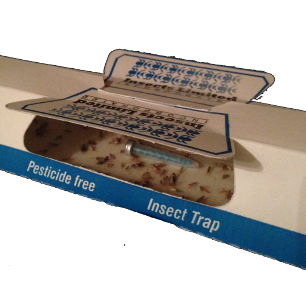
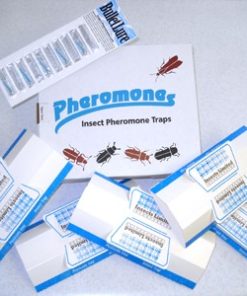
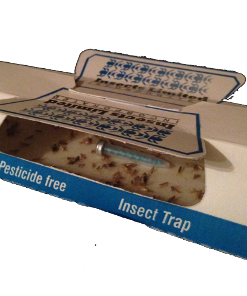
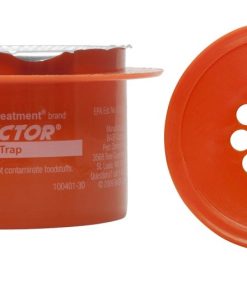
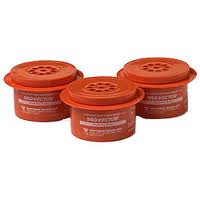
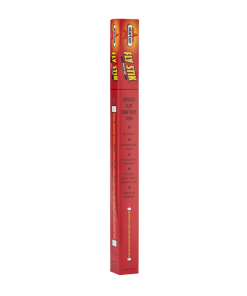


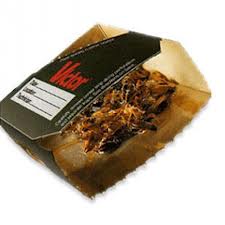
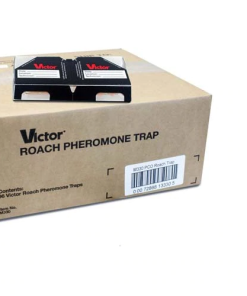

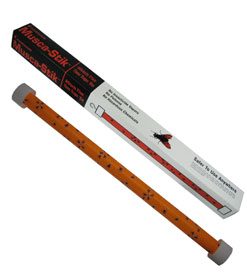
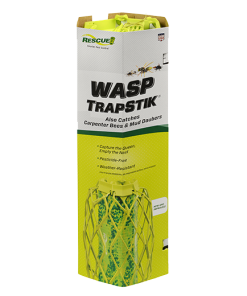
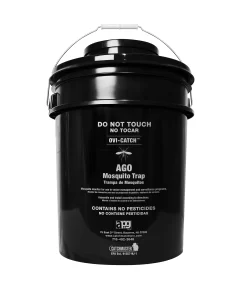
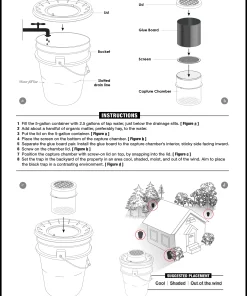
Elizabeth Donovan –
This product is excellent. Thanks to these traps I was able to manage and then eventually get rid of our moth problem. All who have clothes moths know how difficult they are to eradicate. These traps are fantastic and did the trick.